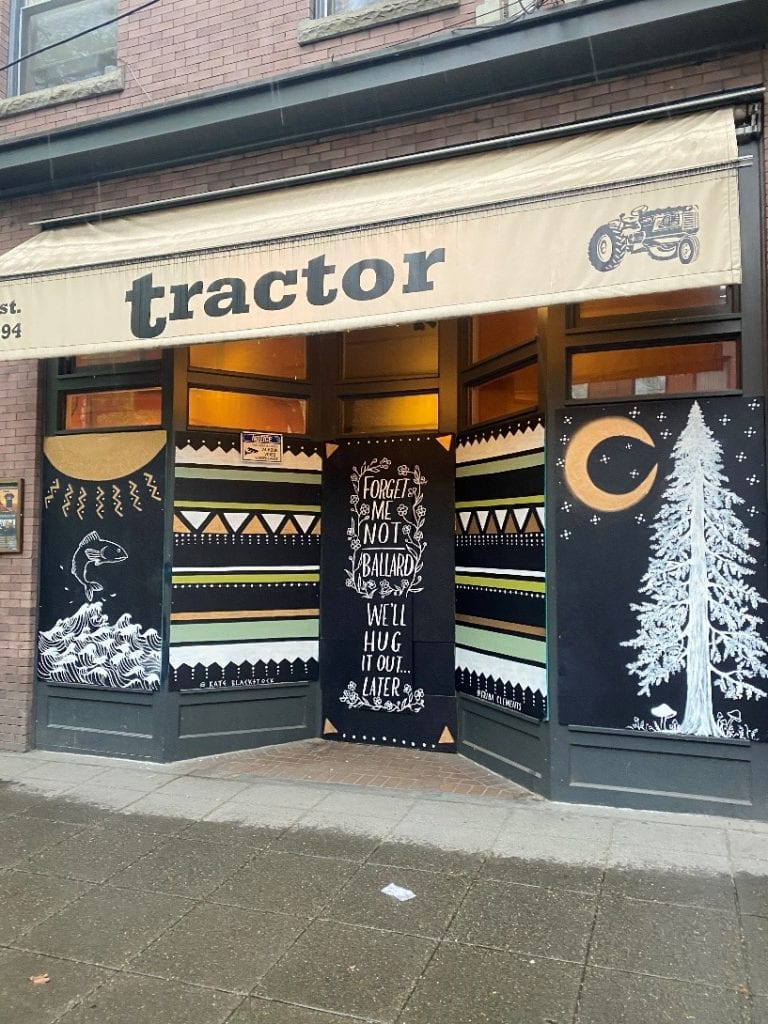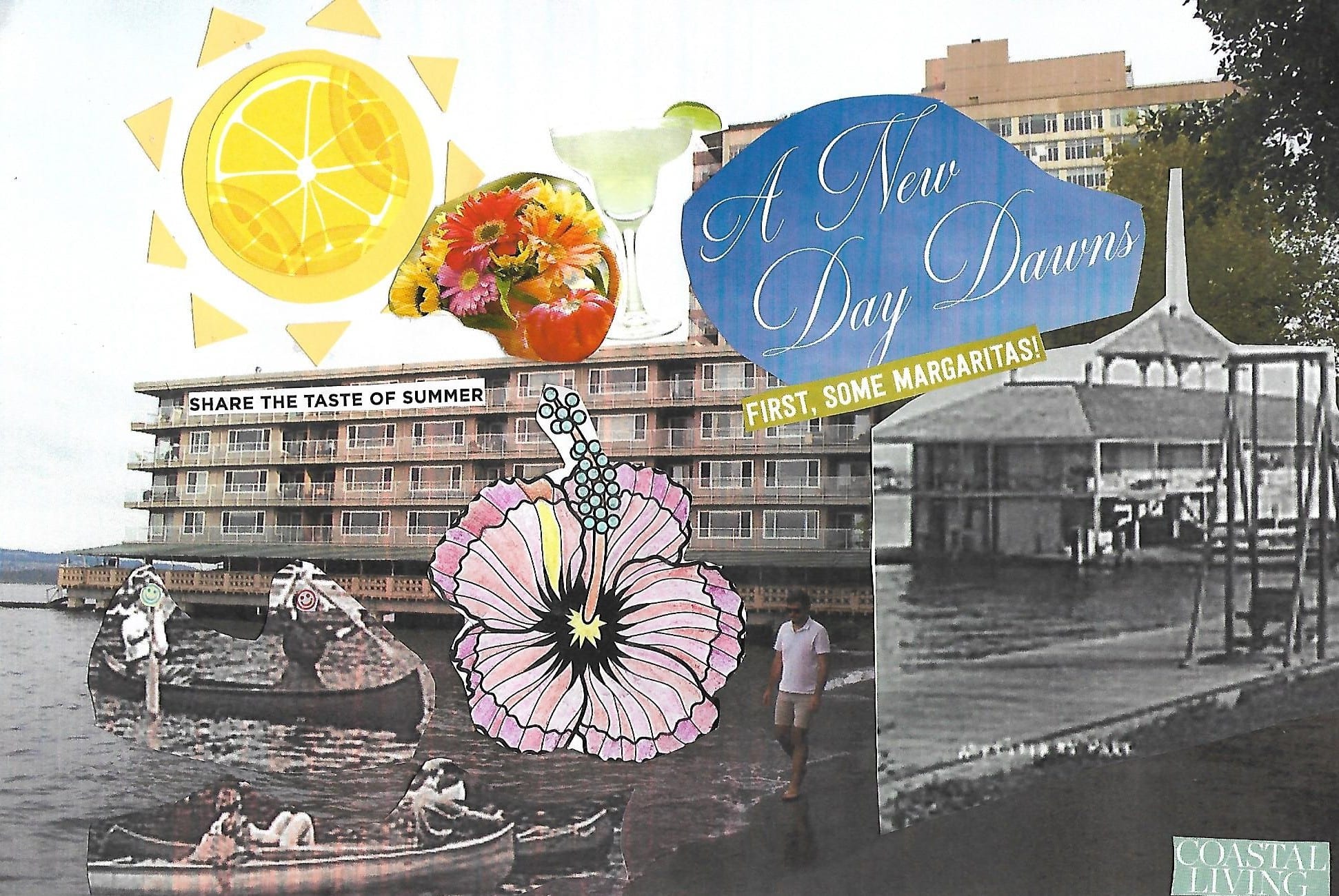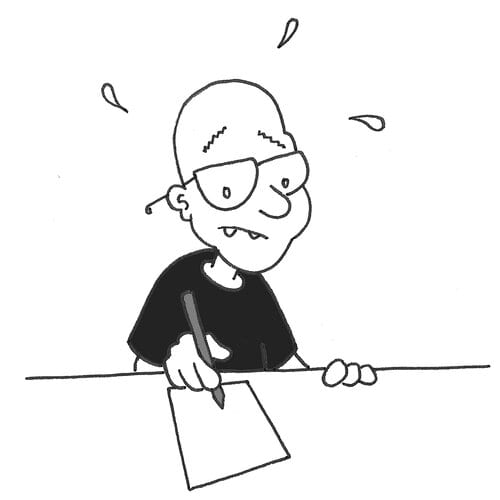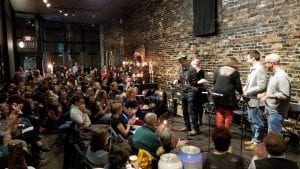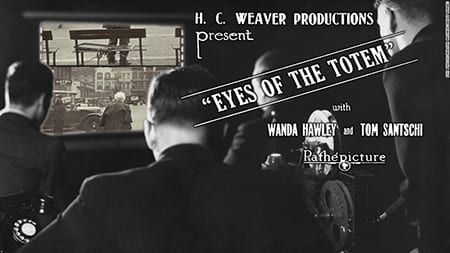Janet Egger Makes Plants Access-ible
What plants live at the Good Shepherd Center? Where are they located? How can we recognize them?
Thanks to Janet Egger, these questions can be answered through the magic of technology. Janet generously gave her time to create an Access database for plants at the Good Shepherd Center to support Historic Seattle’s lead gardener Tara Macdonald.
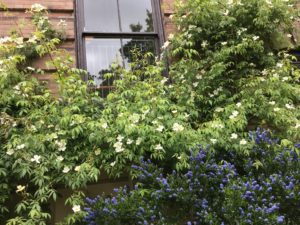 Tara says, “It has been a goal of mine for the past 8 years to create such a database, but I simply didn’t have the time. I also only know Excel which would not have been a sufficient system. This wasn’t as simple as just entering names but included identifying, mapping, and photographing plants requiring several trips to the garden.”
Tara says, “It has been a goal of mine for the past 8 years to create such a database, but I simply didn’t have the time. I also only know Excel which would not have been a sufficient system. This wasn’t as simple as just entering names but included identifying, mapping, and photographing plants requiring several trips to the garden.”
Janet has been in horticulture since 1971 and has been a plant breeder since 1980. She holds a B.S. in Botany and an M.S. in Horticulture from UC Davis. She recently retired as head plant breeder for Terra Nova Nurseries, Inc. in Canby, Oregon. Plants in the trade that Janet bred include cultivars of Heuchera, Heucherella, Sedum, Kniphofia, Agastache, Penstemon, Phygelius, and Podophyllum ‘Spotty Dotty’ among others. She has taught horticulture classes at UC Davis, Merritt College and Gavilan College. Janet currently is volunteering at Dunn Gardens in Seattle, as a board member, docent, 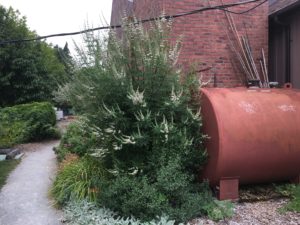 propagator, lecturer, and plant identifier. Since retiring to the Seattle area, she has been filling her time with projects like this and learning from plant identification experts about plants she is not yet familiar with.
propagator, lecturer, and plant identifier. Since retiring to the Seattle area, she has been filling her time with projects like this and learning from plant identification experts about plants she is not yet familiar with.
The inspiration for the Good Shepherd Center project came from Dunn Gardens, where Janet had created a database. The assistant gardener there suggested that she consider the GSC.
“Tara had lots of plant lists & knew the names of plants. She broke the map down into sections & then I located the plants and identified unlocated plants & put them each in their sections using codes. It was a lot of data input,” Janet said. In total, 800 plants were added to the GSC plant database, which can continue to evolve and be maintained. Each plant listing includes the botanic name, the common name, location on site, and flower color or physical description.
Janet added , “It was really fun. I got to learn new plants. The Good Shepherd Center has some really 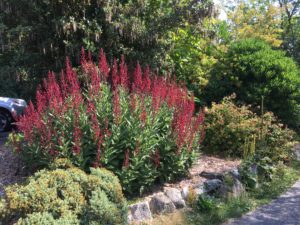 cool plants, because the former gardeners and current are plant people so they keep putting new things in…which is fun for a plant geek.”
cool plants, because the former gardeners and current are plant people so they keep putting new things in…which is fun for a plant geek.”
With this new database, any plant at GSC can be looked up using a photo of whole plant and close-up image of the stem, leaf arrangement, or flower.
Thanks, Janet, for your work to make plants Access-ible!
Photos from top to bottom, provided by Janet: Plants at the Good Shepherd Center, Rosa ‘La Montoya’, Vitex agnus-castus White form, and Lobelia tupa
